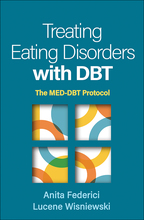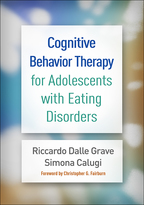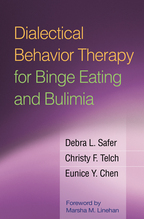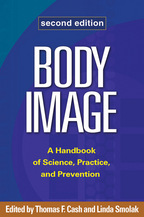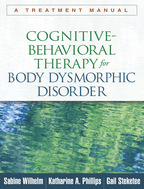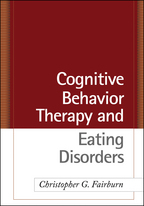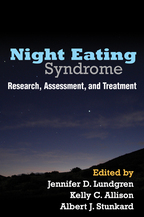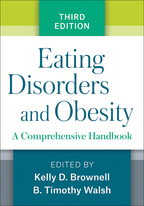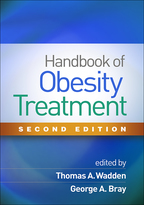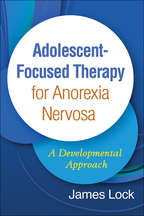Experiential Therapies for Eating Disorders
Edited by Lynne M. Hornyak and Ellen K. Baker
Hardcover
Hardcover
orderMarch 24, 1989
ISBN 9780898627404
Price: $68.00 339 Pages
Size: 6⅛" x 9¼"
It should not surprise us that so many are finding unique value in the experiential techniques. The fact that eating-disordered patients adopt physical and often complex metaphoric means of expressing their emotional pain suggests the difficulty we are likely to encounter in asking them to articulate the inarticulable. In moving to spatial, kinesthetic, and symbolic expression, we are, in a sense, agreeing to speak the patient's language rather than our own.
Given the very nature of eating disorders, many clinicians are finding that experiential methods are particularly applicable for treating patients who suffer from them. Providing a valuable new tool for practitioners, EXPERIENTIAL THERAPIES FOR EATING DISORDERS is the first text to focus solely on the application of expressive therapies and experiential techniques to the treatment of anorexia nervosa and bulimia.
Each chapter of this innovative work systematically reviews a single experiential treatment approach. Among these are
The contributing authors, experienced practitioners from a variety of disciplines, systematically establish the theoretical framework of each treatment approach, fully describe specific techniques, and then consider their practical applications in both inpatient and outpatient settings—providing numerous case examples for illustration. They also offer helpful recommendations for incorporating these techniques into ongoing treatment plans.
EXPERIENTIAL THERAPIES FOR EATING DISORDERS—a valuable clinical resource for psychologists, psychiatrists, and all mental health professionals called on to treat patients suffering from anorexia and bulimia nervosa.
This innovative work illustrates the use of guided imagery, hypnosis, structured eating, family sculpting, psychodrama and gestalt therapy, and dance/movement, art, music, and metaphor/poetry therapy in the treatment of anorexia and bulimia nervosa. Systematically presented are the theoretical framework of each treatment approach, specific techniques, and their practical applications illustrated by numerous case examples. All professionals who treat clients with eating disorders will find this volume a most valuable clinical resource.
Given the very nature of eating disorders, many clinicians are finding that experiential methods are particularly applicable for treating patients who suffer from them. Providing a valuable new tool for practitioners, EXPERIENTIAL THERAPIES FOR EATING DISORDERS is the first text to focus solely on the application of expressive therapies and experiential techniques to the treatment of anorexia nervosa and bulimia.
Each chapter of this innovative work systematically reviews a single experiential treatment approach. Among these are
- guided imagery
- hypnosis
- structured eating
- family sculpting
- psychodrama and gestalt therapy
- dance/movement therapy
- art therapy
- music therapy
- and metaphor/poetry therapy.
The contributing authors, experienced practitioners from a variety of disciplines, systematically establish the theoretical framework of each treatment approach, fully describe specific techniques, and then consider their practical applications in both inpatient and outpatient settings—providing numerous case examples for illustration. They also offer helpful recommendations for incorporating these techniques into ongoing treatment plans.
EXPERIENTIAL THERAPIES FOR EATING DISORDERS—a valuable clinical resource for psychologists, psychiatrists, and all mental health professionals called on to treat patients suffering from anorexia and bulimia nervosa.
This innovative work illustrates the use of guided imagery, hypnosis, structured eating, family sculpting, psychodrama and gestalt therapy, and dance/movement, art, music, and metaphor/poetry therapy in the treatment of anorexia and bulimia nervosa. Systematically presented are the theoretical framework of each treatment approach, specific techniques, and their practical applications illustrated by numerous case examples. All professionals who treat clients with eating disorders will find this volume a most valuable clinical resource.

